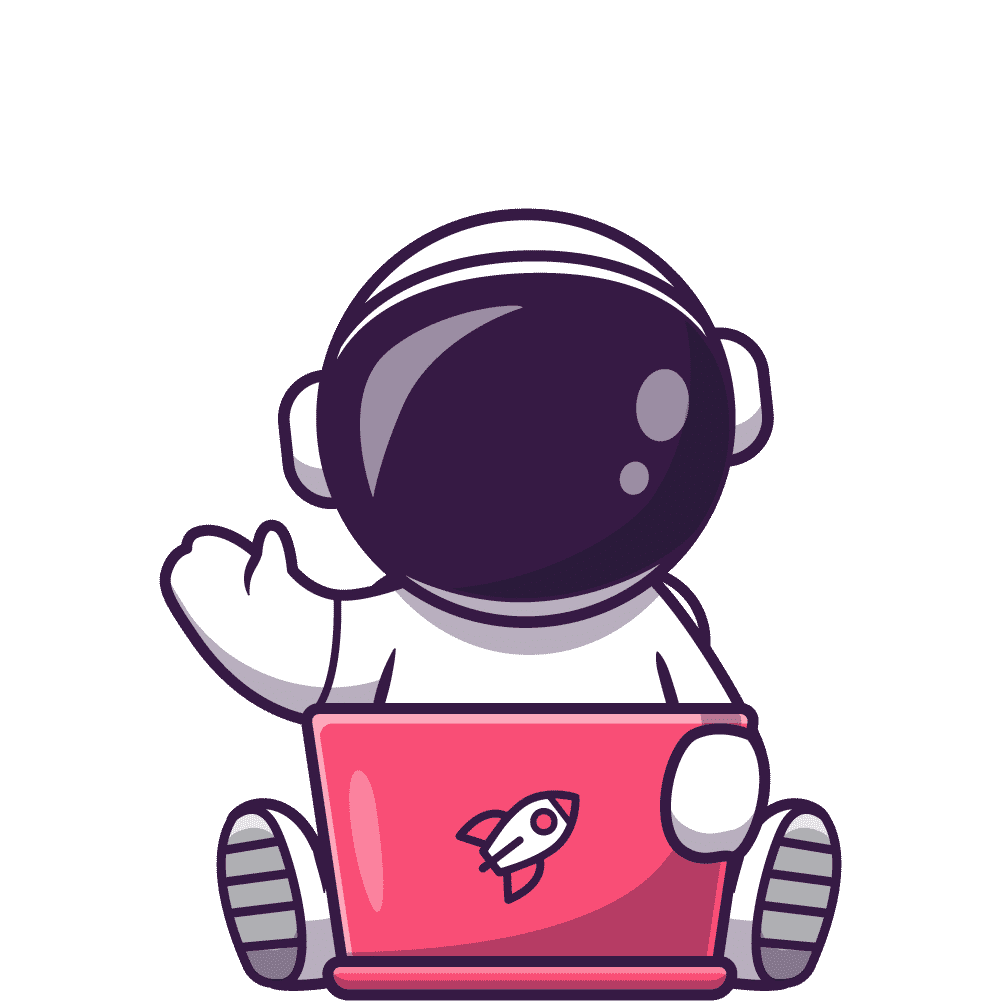SaaS content writing is the process of creating content that educates, informs, and persuades potential customers to use a SaaS product or service. It is different from other types of content writing, such as B2B or B2C, because it requires a deep understanding of the SaaS product, its features, benefits, and use cases, as well as the target audience, their pain points, and their goals.
If you want to grow your SaaS business, you need to create content that ranks well on Google and converts your readers into customers. But how do you do that?
In this guide, we will share our 5-step process for writing SaaS content that works. We will also provide you with some tools, methods, tips, and examples to help you along the way.
Step 1: Define Your Target Audience and Their Pain Points

The first step to writing SaaS content that ranks and converts is to define your target audience and their pain points. Your target audience is the group of people who are most likely to use your SaaS product or service.
Their pain points are the problems, challenges, or frustrations they face and your SaaS product or service can solve them.
To define your target audience and their pain points, you need to do some audience research and segmentation.
Some methods that you can use to do audience research and segmentation are:
- Customer interviews and surveys: You can ask your customers or prospects questions about their background, role, industry, challenges, goals, and expectations.
- Customer feedback and reviews: You can collect and analyze feedback and reviews from your customers or prospects on your website, social media, email, or third-party platforms.
- Customer analytics and data: You can track and measure the behavior and actions of your customers or prospects on your website, app, or other channels.
- Customer personas and profiles: You can create and document fictional representations of your ideal customers based on the data you gathered from the previous methods.
By defining your target audience and their pain points, you will be able to create SaaS content that is relevant, personalized, and valuable for them.
Step 2: Conduct Keyword Research and Topic Analysis

The second step to writing SaaS content that ranks and converts is to conduct keyword research and topic analysis.
To conduct keyword research and topic analysis, you need to use some tools and methods, such as:
- Keyword research tools: You can use tools like Ahrefs to discover and analyze keywords for your SaaS niche. These tools can help you find keywords based on their search volume, difficulty, competition, and intent. They can also help you find related keywords, long-tail keywords, and question keywords that you can use in your SaaS content.
- Topic research tools: You can use the same tool to discover and analyze topics for your SaaS niche. It can help you find topics based on their popularity, engagement, and relevance. They can also help you find subtopics, questions, and trends that you can use in your SaaS content.
- Competitor analysis tools: You can use the same tool to discover and analyze what your competitors are doing with their SaaS content. These tools can help you find the keywords, topics, and strategies that your competitors are using to rank and convert their audience. They can also help you find the gaps and opportunities that you can exploit in your SaaS content.
By conducting keyword research and topic analysis, you can create SaaS content that is optimized for search engines and user intent.
Step 3: Create a Content Outline and Structure

The third step to writing SaaS content that ranks and converts is to create a content outline and structure. A content outline is a plan that outlines the main points and subpoints of your SaaS content. On the other hand, the content structure is a format that organizes your SaaS content into sections, paragraphs, and sentences.
To create a content outline and structure, you can use tools like Surfer SEO or Frase to create an outline for your SaaS content. These tools can help you generate a content outline based on your keyword, topic, and competitor analysis. They can also help you optimize your content outline for SEO and user intent.
Best Practices to Follow
You can use some best practices to create a content outline and structure for your SaaS content, such as:
- Use a catchy headline that includes your focus keyword and communicates the value proposition of your SaaS content.
- Use a compelling introduction that hooks your readers, introduces the topic, and states the main goal of your SaaS content.
- Use informative body paragraphs that cover the main points and subpoints of your topic, using your NLP keywords and supporting data, examples, and sources.
- Use a strong conclusion that summarizes the main points, provides a clear and unique angle, and encourages your readers to take action.
- Use subheadings, bullet points, lists, tables, and other markdown items to break up your content into smaller and easier-to-read chunks.
- Use transitions, connectors, and signposts to link your content and guide your readers through your content.
Step 4: Write Engaging and Valuable Content

The fourth step to writing SaaS content that ranks and converts is to write engaging and valuable content.
Here are some tips and examples to write engaging and valuable content:
- Use a conversational tone and address your audience directly: You can use a conversational tone and address your audience as “you” and “we” to make your SaaS content more personal, friendly, and relatable. For example, instead of writing “This guide will show how to write SaaS content that ranks and converts”, you can write “In this guide, we will show you how to write SaaS content that ranks and converts”.
- Use stories, anecdotes, and examples to illustrate your points: You can use stories, anecdotes, and examples to make your SaaS content more interesting, engaging, and memorable. For example, instead of writing “SaaS content writing can help you generate leads, build trust, increase conversions, and reduce churn”, you can write “Let me tell you a story about how SaaS content writing helped us generate 300% more leads, build trust with our audience, increase our conversions by 50%, and reduce our churn rate by 20% in just 6 months”.
- Use emotional triggers and benefits to persuade your audience: You can use emotional triggers and benefits to appeal to your audience’s emotions and motivations. You can use emotional triggers and benefits that are relevant, specific, and realistic. For example, instead of writing “SaaS content writing can help you grow your SaaS business”, you can write “Imagine how you would feel if you could grow your SaaS business by 10x in the next year with SaaS content writing”.
By writing engaging and valuable content, you can create SaaS content that resonates with your audience and convinces them to take action. You will also be able to create SaaS content that showcases your expertise and value proposition.
Step 5: Optimize Your Content for SEO and UX
The fifth step to writing SaaS content that ranks and converts is to optimize your content for SEO and UX.
Here are some tips and examples to optimize your content for SEO and UX:
Use keywords and phrases strategically
You can use keywords and phrases that you found in your keyword research and topic analysis strategically in your SaaS content. Use your focus keyword in your headline, introduction, conclusion, and a few times in your body paragraphs.
Then, use your NLP keywords and related keywords in your subheadings and body paragraphs. Also, use question keywords in your headings or paragraphs to answer your audience’s queries.
Finally, use long-tail keywords and variations of your keywords to avoid keyword stuffing and increase your content’s relevance.
Use headings, meta tags, links, and images properly
Use headings, meta tags, links, and images properly to improve your content’s SEO and UX.
Utilize headings to structure your content and make it easy to scan and understand. You need to use meta tags, such as title tag, meta description, and URL, to describe your content and make it appealing and clickable on the search results page.
Also use links, both internal and external, to provide additional information, resources, or references for your audience and to increase your content’s credibility and authority.
You can use images, such as screenshots, graphs, tables, or videos, to enhance your content and make it more visual and engaging.
Wrapping Up
SaaS content writing is not only a way to market your product, but also a way to educate your audience, solve their problems, and build long-term relationships with them. Therefore, you need to follow a systematic and strategic process to create SaaS content that ranks and converts.
In this guide, we have shared our 5-step process for writing SaaS content that works. We hope you find it useful and apply it to your own SaaS content writing projects.

